GAA’s VP-Education and Outreach discusses education, China and fish feed

A background in the soy industry and a keen understanding of China aligned Steve Hart’s path with that of the Global Aquaculture Alliance (GAA) this past June. As the organization’s first Vice President of Education and Outreach, Hart’s goal is to advance the Best Aquaculture Practices (BAP) program into the crucial China market, among other initiatives.
Hart, who is based in Indianapolis, Ind., traveled to China in August to drum up support for BAP with influential industry and government representatives. The food safety component in the BAP program, unique to third-party aquaculture certifications, presents a big opportunity for the world’s largest producer of farm-raised fish.
When you first started at GAA, what were your priorities?
I see two big priorities. By far the biggest is developing our online education system, the Responsible Aquaculture Foundation. Second is China, and getting our programs launched there, getting an online platform up and running and more widespread adoption of BAP. Coming from the soy world, I have a lot of experience there, and good contacts. As we build ties in China, I’ll be the lead person for association relationships as well.
What key aquaculture issues can GAA move the needle on now?
Diseases — that’s the no-brainer. [The topic] ranks No. 1 at GOAL (the Global Outlook on Aquaculture Leadership conference) every year during audience polling. With EMS (early mortality syndrome), GAA became the go-to organization for information. That right there is where we have formed a reputation and we need to build on that.
Procurement of safe, wholesome food is a global concern, and BAP offers the market a solution as a third-party aquaculture certification with a food safety component. How can the industry leverage this, from the producer level up through to government policy?*
With so many questions around food safety, especially as it relates to seafood, I see this as a real opportunity. The BAP program is really the first of its kind that can give the industry a marketing message that shows we take food safety seriously and our products are put through rigorous testing. It is up to us to work with all levels, from producer to government agencies, all the way to the retailer and final consumer, to make sure they recognize that the BAP seal means their products are safe.
GAA is ramping up its efforts in providing educational tools for the industry and for consumers. What are some of the goals and challenges in outreach with retailers — and even further downstream with consumers?
With retailers and consumers, there is just so much misinformation we need to wade through. One of our goals with retailers, and perhaps eventually, with consumers, is to set up an educational platform that will be targeted toward their needs. We have been very good at relaying highly technical information, but that isn’t necessarily the messaging that resonates best with retailers and consumers. They want to know that the seafood they buy and are eating is safe and raised in a humane way. I believe aquaculture, and BAP products specifically, have a great story to tell to that audience. We just need to figure out the best way to get that message to them.
Terrestrial agriculture plays a vital supporting role for aquaculture. How can those industries best align their efforts?
When dealing with terrestrial agriculture, we have to remember that overall, we’re still pretty small in comparison. When compared to other protein sources, aquaculture is very small and only uses a fraction of the available terrestrial agriculture supply in products like aquafeeds. As a result, we really need to look to those industries and search out alliances. We really can’t expect them to come to us. We need to be able to offer them something of value, and I believe that is the relatively rapid growth rate of aquaculture in comparison to other agriculture commodities.
Aquafeeds is a field of growing interest, research and innovation. Describe the transformation of these products that you’ve seen as technology improves and the marketplace demands improvements?
There have been a couple of major trend shifts during the last 15 years of my career. The first major shift was from fishmeal being the primary aquafeed ingredient to soy proteins. This has resulted in a lot of research dollars focusing on developing commercially acceptable soy-based feeds. The second major trend shift has been to accountability and traceability, and we see this both with the marine and terrestrial ingredients. With marine ingredients, we’ve had the issues of overharvest and forced labor, which have led to programs like BAP implementing strict social aspects into its process. With terrestrial ingredients, we’ve seen more and more need to trace supply all the way to the farm level to assure long-term sustainability.
*Editor’s Note: The article has been edited reflect the fact that BAP is not the only third-party aquaculture certification program with a food safety component.
Now that you've reached the end of the article ...
… please consider supporting GSA’s mission to advance responsible seafood practices through education, advocacy and third-party assurances. The Advocate aims to document the evolution of responsible seafood practices and share the expansive knowledge of our vast network of contributors.
By becoming a Global Seafood Alliance member, you’re ensuring that all of the pre-competitive work we do through member benefits, resources and events can continue. Individual membership costs just $50 a year.
Not a GSA member? Join us.
Author
-
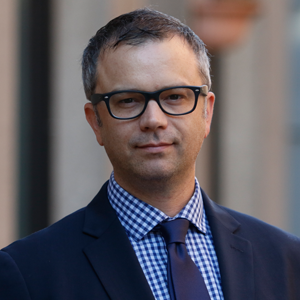
James Wright
Editorial Manager
Global Aquaculture Alliance
Portsmouth, NH, USA
Tagged With
Related Posts
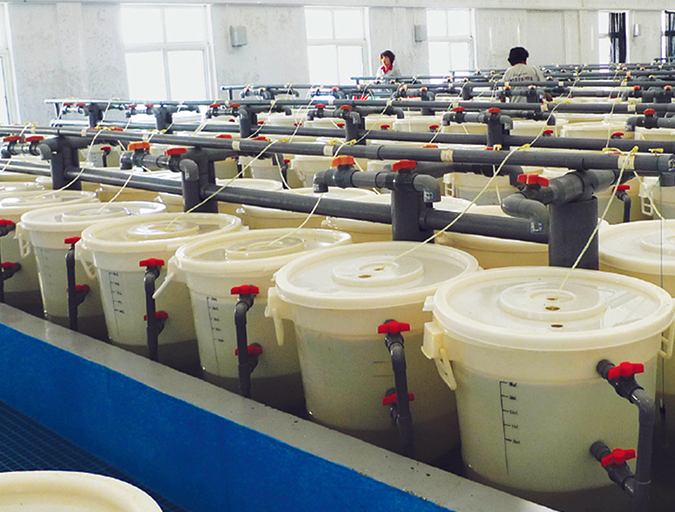
Innovation & Investment
Shrimp farming in China: Lessons from its developmental history
Fenneropenaeus chinensis was the most important farmed shrimp species in China until 1995. Lessons learned from its development made China a pioneer, especially in shrimp larval production. Shrimp farmers must enhance their understanding of the interactions of farming activities with their ecosystems.
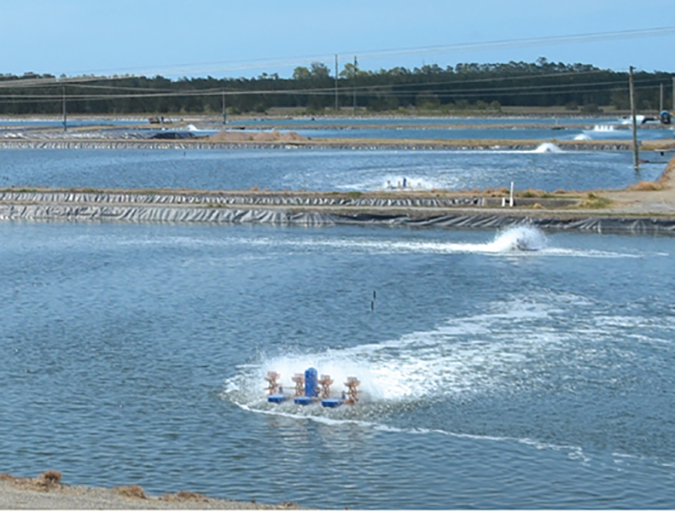
Aquafeeds
Feed tray management lowers FCRs, shrimp production costs in Australia
Shrimp farmers in Australia believe that applying smaller amounts of feed regularly is an effective strategy for maximizing feed conversion in ponds. By providing more time for shrimp to rest between eating cycles, consistently lower FCRs have been achieved.
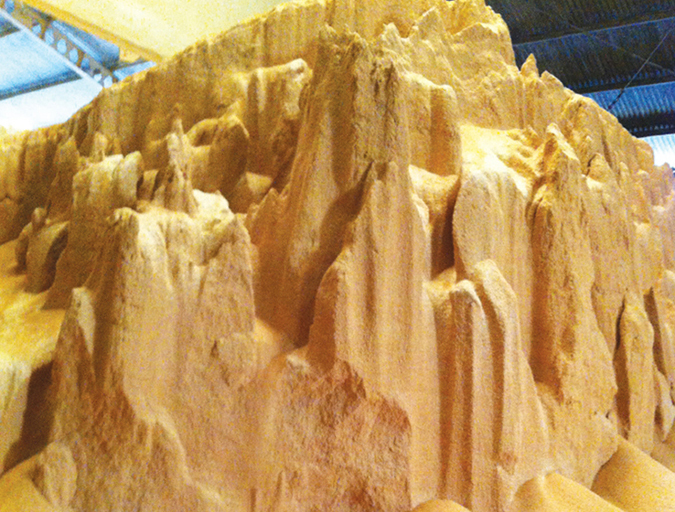
Innovation & Investment
USSEC, partners establish Asian aquaculture feed formulation database
To help produce high-quality aquaculture feeds, the U.S. Soybean Export Council spearheaded the Asian Aquaculture Feed Formulation Database project, designed as a reference tool for individuals involved in feed formulation, ingredient purchasing, quality control and research.
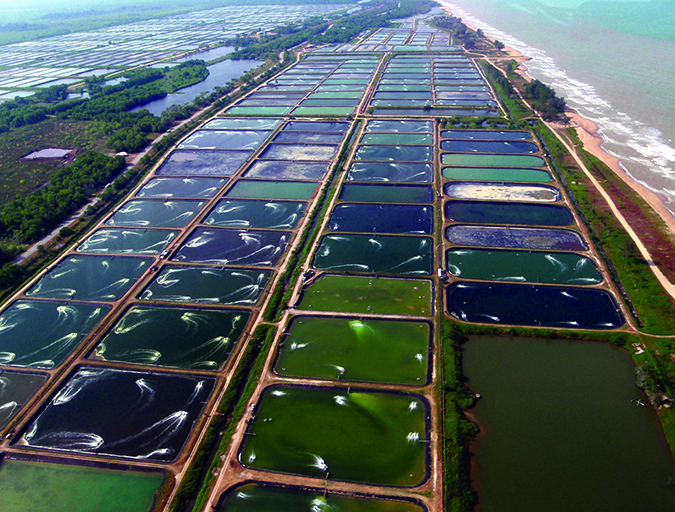
Aquafeeds
Welcome to the Advocate!
In line with the Global Aquaculture Alliance’s mission to advocate, educate and demonstrate responsible aquaculture worldwide, the Advocate is a forum for information and insight into one of the world’s most important and fastest-growing industries.


